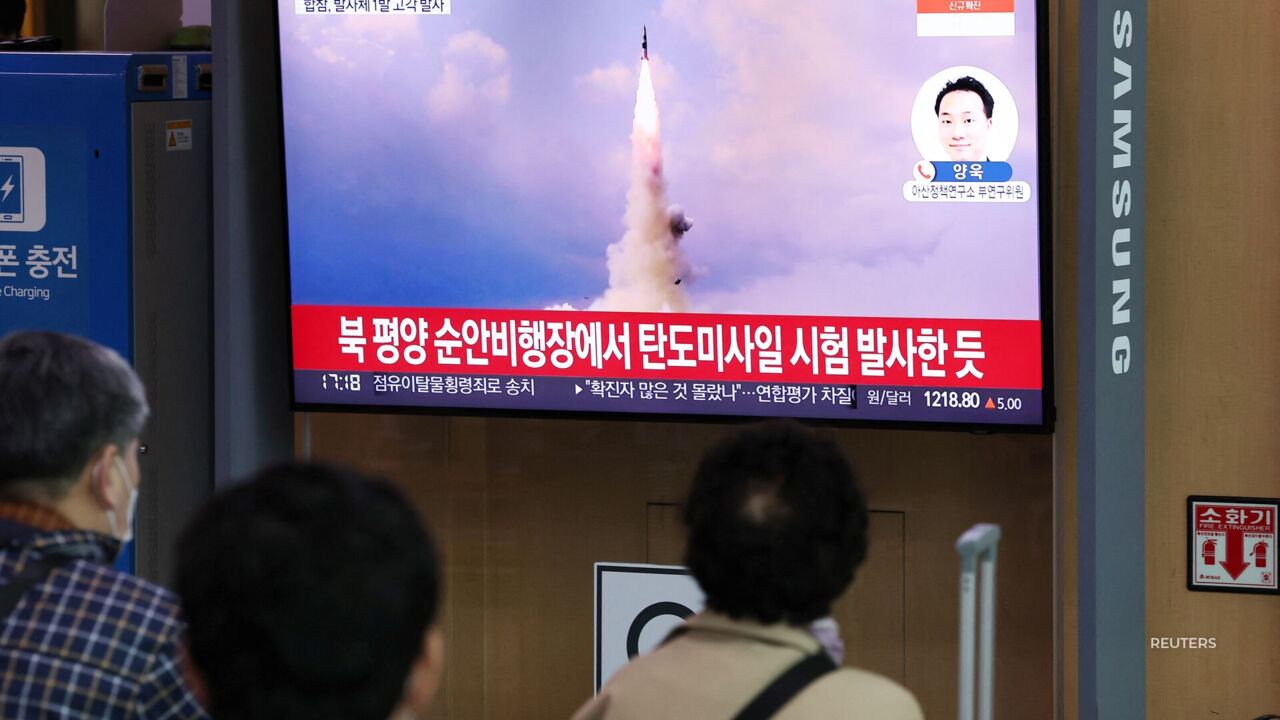
Gwen Baumgardner: A NEW TYPE OF MISSILE FIRED FROM NORTH KOREA.
AND IT COULD HAVE THE POTENTIAL TO HIT U.S. TARGETS.
ACCORDING TO SOUTH KOREAN AND JAPANESE OFFICIALS – THURSDAY’S LAUNCH SAW WHAT MAY BE NORTH KOREA’S LARGEST INTERCONTINENTAL BALLISTIC MISSILE YET.
IT TRAVELED 670 MILES AND REACHED A MAX ALTITUDE OF NEARLY 39-HUNDRED MILES.
THE WHITE HOUSE CONDEMNED THE LAUNCH IN A STATEMENT — CALLING IT A BRAZEN VIOLATION OF MULTIPLE U-N RESOLUTIONS.
THE LAST TIME NORTH KOREA TESTED A LONG-RANGE MISSILE WAS FIVE YEARS AGO. DURING THAT LAUNCH AS WELL, SHOWING THEIR POTENTIAL OF REACHING THE U-S.









